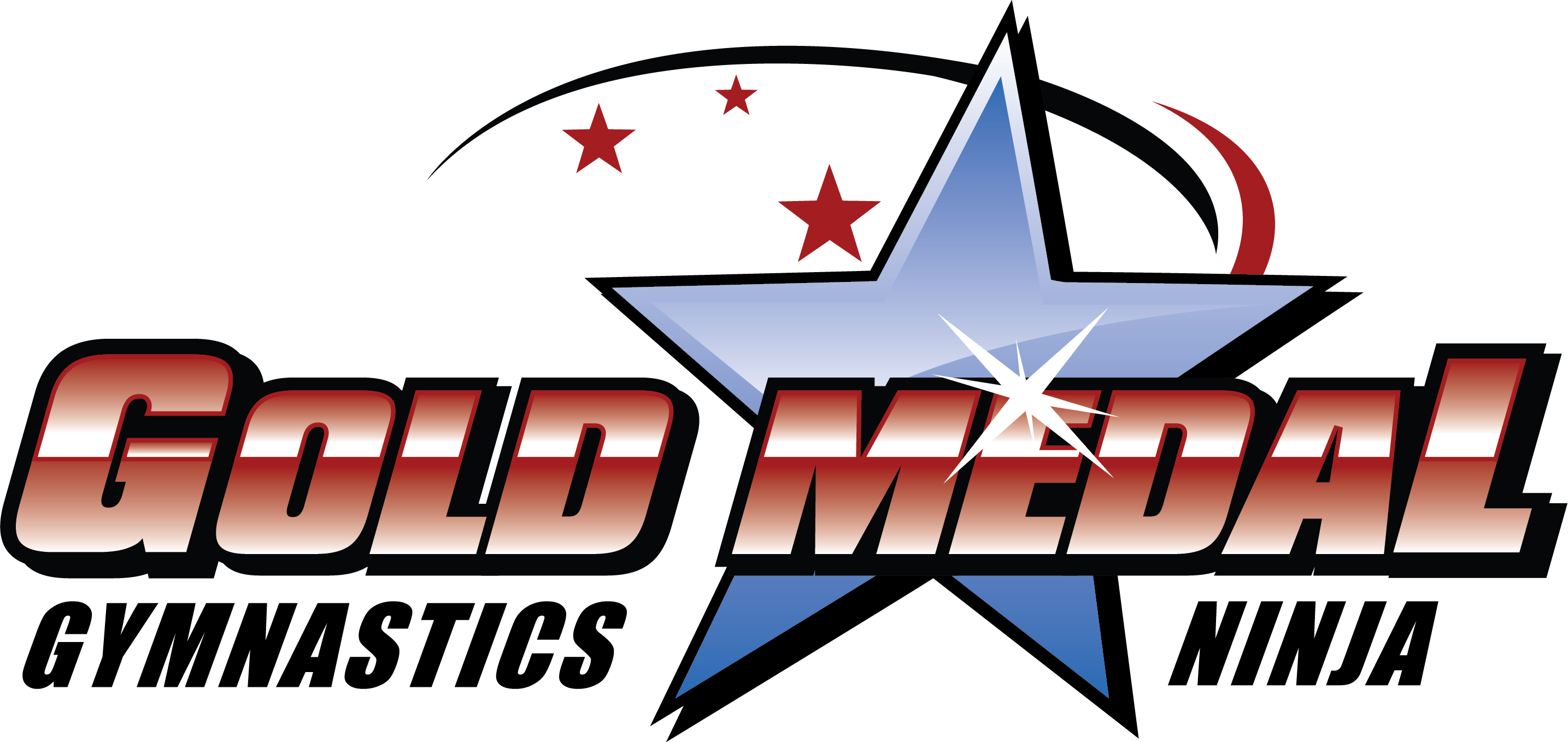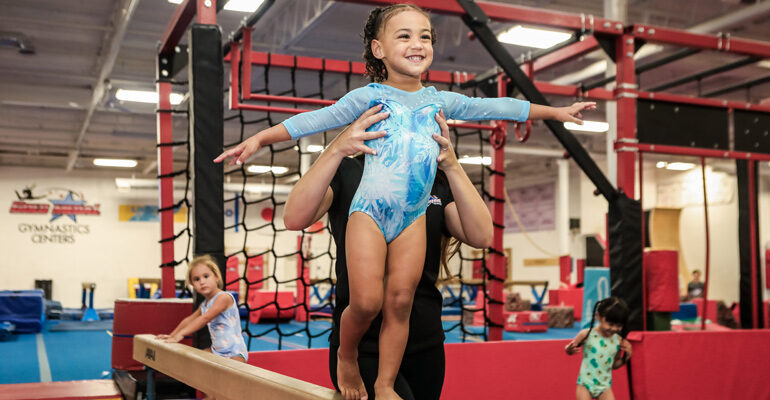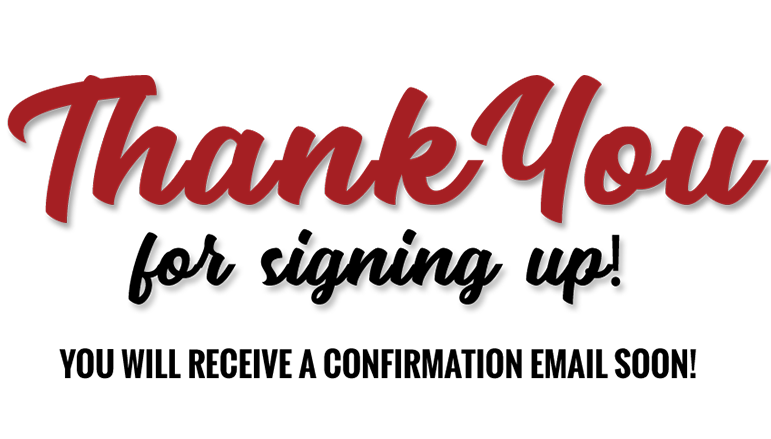Elevate your coaching game with gymnastics coaching tips, a definitive guide to refining skills and achieving excellence in gymnastics training.
Starting a gymnastics adventure is like carving a masterpiece: you start with the raw elements and work them into incredible beauty. These fifteen game-changing coaching pointers are the craftsman’s instruments, molding undeveloped skill into outstanding ability. Each tip refines the athlete’s potential, unlocking newfound agility and precision, from basic balance to beautiful arcs. Gymnasts reach heights they never thought possible when trainers incorporate these priceless ideas into their training, sparking the progression from the fundamentals to amazing artistry. See how these pointers transform into catalysts that push athletes to the pinnacle of gymnastic excellence.
Safety First
Safety is the cornerstone of progress in the gymnastics world. Athletes are protected from potential harm by appropriate equipment and tight respect for safety regulations, which creates an atmosphere that encourages daring exploration and development. These safety measures, which range from padded mats to calibrated equipment, inspire confidence and let gymnasts test boundaries fearlessly. Safety precautions are not only preventative measures; they are also facilitators, allowing athletes to focus intently on learning, practicing, and perfecting their skills. Placing a high priority on safety is more than just protocol; it’s the foundation upon which amazing performances are constructed, guaranteeing that every gymnast’s path is both safe and life-changing.
Progressive Training
In gymnastics, progressive training is the path to mastery. It entails a deliberate ascent that begins with fundamental abilities and gradually increases the difficulty. For example, learning how to perform a basic handstand comes before learning more advanced aerial skills. This method fosters self-assurance and skill, as demonstrated when a gymnast moves from a basic cartwheel to a perfect round-off back handspring. As one step builds on the last, technique and muscle memory are solidified. This step-by-step approach works its magic, transforming athletes into powerful performers by making sure they clear each level before moving on to the next, which develops not only talent but mastery.
Individualized Approach
Realizing each gymnast’s potential requires individualized instruction. Coaches may tailor training regimens by taking into account the various learning styles and strengths of their players. For example, tactile learners benefit from hands-on assistance, while visual learners benefit from demonstrations. This individualized approach promotes faster improvement; a social athlete does best in group settings, but a shy gymnast may do best in one-on-one sessions. In addition to maximizing skill development, individualized attention fosters motivation and trust. Each gymnast’s individual road map is what drives them to become champions by utilizing their individuality.
Effective Communication
The key to effective gymnastics instruction is clear communication. Using clear language and visual aids helps to ensure understanding. For example, dissecting a complicated procedure step-by-step facilitates comprehension. Constructive criticism, such as highlighting areas for improvement and praising effort, promotes growth. A breakthrough occurred once when a balancing beam modification was articulated; precise instructions reduced mistakes and increased the gymnast’s confidence. Good communication is more than just words; it’s a spark that ignites progress and trust, creating an atmosphere where gymnasts may understand subtleties, get direction, and reach their full potential.
Goal Setting
Setting goals helps the gymnast’s journey by transforming dreams into attainable benchmarks. Achieving short-term objectives, like mastering a regular component, paves the way for achieving long-term aspirations, like winning a competition. Using skill checklists or video analysis to track development provides observable growth indicators and strengthens commitment. Honoring accomplishments, whether it’s a podium finish or a skillfully executed flip, spurs motivation. A gymnast once overcame a challenging vault, and her victory celebration inspired her to do even better. Objectives aren’t just final destinations; they’re the force behind gymnasts’ ascent to the top, fostering perseverance and a steadfast commitment to their art.
Consistent Conditioning
The foundation of gymnastic skill is consistent conditioning, which builds strength, flexibility, and endurance. Exercises that strengthen the muscles and stabilize the core, such as leg lifts, planks, and resistance band drills, are essential for performing complex movements. Exercises that improve flexibility, such as split stretches and backbend drills, are essential for maintaining fluidity in routines. Interval training and circuit exercises are great for endurance because they replicate the intensity of routines. Combining these elements into a routine gives gymnasts the strength to fly higher, twist farther, and master every routine with steadfast control and grace. It also becomes a springboard to perfection.
Skill Breakdown
By disassembling intricate abilities into smaller parts, the intimidating can be broken down into digestible chunks. Dissecting a backflip, for example, means learning the leap, tuck, and landing individually and then bringing them all together fluidly. This method ensures mastery prior to integration, allowing for focused practice on separate aspects, which speeds up the acquisition of skills. A gymnast’s growth might be accelerated by breaking down a handstand into alignment, balance, and entering techniques, which ultimately led to a perfect performance. It’s the formula for mastery, with each step refined to allow for the seamless fusion of intricate gymnastic abilities.
Visualization Techniques
In gymnastics, visualization is the hidden weapon that improves performance through the mental practice of routines. Research indicates that doing it physically sharpens confidence and accuracy by activating similar brain regions. Athletes can see every action, feeling, and landing in great detail as they do their exercises. The brain is primed for execution, for example, when one imagines mentally performing a perfect beam performance. This mental repetition improves muscle memory, decreases anxiety, and increases focus. Backstage rehearsals give gymnasts the assurance and expertise to enter the mat with a deep sense of mastery, elevating performances.
Effective Demonstration
The foundation of gymnastics instruction consists of precise demonstrations that provide visual guides for performing skills. Instructors need to demonstrate good form, angles, and transitions while highlighting important ideas. Some pointers are to use slow motion, break down movements step-by-step, and highlight important elements. A good example makes subtleties easier to understand and emulate. A gymnast’s understanding of a challenging routine once began with a coach’s methodical explanation of foot placement on the beam. It’s the art of demonstration, helping athletes understand intricacies and accurately duplicate techniques so that every action reflects mastery.
Mental Toughness Training
The unseen force that helps gymnasts overcome challenges is their mental toughness. Visualization techniques, such as envisioning faultless routines in the face of interruptions, strengthen resilience and attention. Using breathing exercises under pressure helps you stay composed and in control. A gymnast once overcame nervousness during a stressful competition by mentally rehearsing and performing an impeccable routine. Mental exercises ensure that gymnasts jump higher, fall harder, and never give up on their goal of excellence. They also help to develop the unwavering mindset that is essential for conquering obstacles.
Flexibility Training
In gymnastics, flexibility training serves as both a protective barrier against injury and a spurt for optimal performance. Stretches that increase range of motion, such as arm circles and leg swings, prepare muscles for movement. Stretches that are static, like splits and bridges, lengthen muscles and increase flexibility, which is important for beautiful movements. This routine helps gymnasts perform with grace and fluidity, preventing injuries while also guaranteeing that every performance is an exhibition of controlled agility.
Routine Choreography
It’s an art to create routines that balance a gymnast’s technical skills and strengths. Align challenging components with the athlete’s capabilities to highlight their strongest points. Make sure every motion in the routine flows well and strikes a balance between complexity and faultless execution. A unique routine once highlighted a gymnast’s graceful leaps and spins, enhancing her performance. Aesthetics and talent work together to create engaging performances that emphasize individual brilliance and showcase athleticism.
Positive Reinforcement
Gymnasts grow because of positive reinforcement. Honor effort and advancement by expressing gratitude for tenacity in the face of difficult exercises or recognizing skill development. Praise commitment in public to raise spirits and create a positive atmosphere. Recognizing a gymnast’s perseverance in perfecting a routine, for example, inspires them to keep going. Encouragement alone isn’t enough to push gymnasts toward excellence; positive reinforcement is the spark that ignites their perseverance and confidence.
Periodization
By dividing training into cycles, periodization maximizes performance in competitive settings. Coaches plan phases that emphasize strength, skill acquisition, and peak performance. Incorporate rest intervals to minimize fatigue and injury while escalating exercise progressively. Advice: Schedule your peak performance periods around important events to allow for a smooth build-up and recuperation. By maximizing preparedness, this tactical strategy guarantees that gymnasts reach their peak right before the biggest moments of their competitive season.
Continual Education
The coach’s compass in the changing gymnastics scene is ongoing education. Attend conferences, workshops, and clinics to learn new skills, regulations, and safety precautions. Take online classes or get certificates to keep up with the latest developments. A safety workshop once changed spotting methods to better ensure the safety of athletes. Staying up-to-date with new developments strengthens teaching knowledge, creates safer practice areas, and empowers coaches to mold gymnasts into confident, nimble performers.
GMGC Is Shaping Champions, Empowering Coaches—Start Now!
GMGC fosters greatness by supporting coaches as well as champions. Through these programs, coaches gain access to state-of-the-art methods and expertise, and gymnasts are transformed into powerful performers. GMGC welcomes enthusiasts to join them on this life-changing path of athletic mastery and coaching experience, with an emphasis on developing champions and creating a welcoming coaching community. It’s a stage where gymnasts excel and where trainers are prepared to help them reach their full potential.


